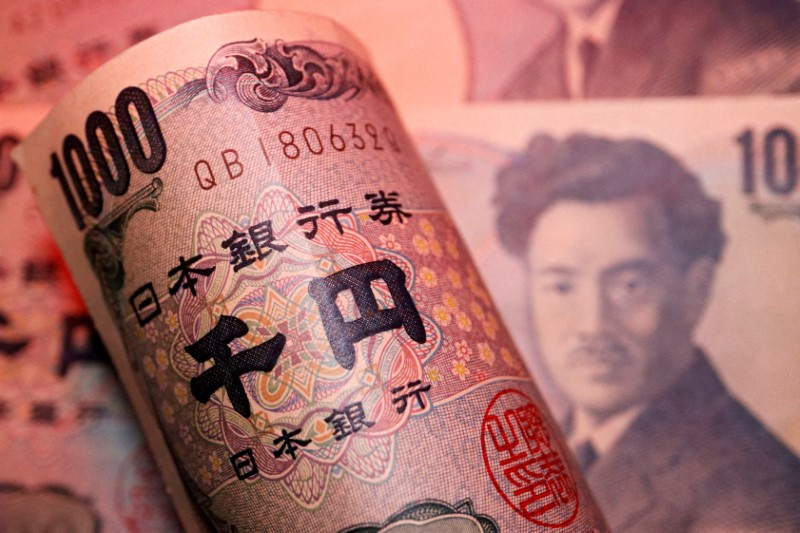The yen, fragile as ever, found itself slipping against the dollar on a quiet Monday. After last week’s chaotic dance, where the markets spun and tumbled like they were trying to keep up with some frenetic waltz, a moment of calm seemed almost surreal. Investors, ever the anxious bystanders, watched with bated breath, speculating whether the Federal Reserve would dare to slice interest rates next month. But oh, the week ahead—an onslaught of U.S. economic data—could flip the script yet again!
Last week? Absolute bedlam. Currencies and stocks were tossed around like toys in a tempest. The U.S. economy stood at the heart of the storm, with the Bank of Japan adding its own gusts of hawkish whispers. Yet, as the dust settled, Thursday’s unexpected surge in U.S. jobs data yanked the reins, pulling back on the wild betting frenzy over Fed rate cuts.
Joseph Trevisani, the sharp-eyed analyst from FXStreet.com, pinpointed the dilemma: “All eyes are on the inflation beast. Will it roar back to life with this week’s CPI data? Or are we trudging into the murky waters of a recession, as the labor market sputters like a car running out of gas?” Investors, jittery as always, have baked in a whopping 100 basis points worth of Fed cuts by the end of the year, if the CME Group’s FedWatch tool is to be believed. But, come Tuesday and Wednesday, the producer and consumer price numbers could blow this house of cards to the ground.
“The Fed’s gaze is fixed on the labor market for now,” Trevisani added. “But a surprise from the CPI could jerk their attention back to inflation, especially if it creeps up even a smidge.”
Meanwhile, the dollar stood firm at 147.10 yen, a modest rise of 0.33%. It played it cool against the Swiss franc, hovering at 0.8661. The euro, always the enigmatic sibling, nudged up 0.16% to $1.0933, while the dollar index edged down to 103.10. Sterling? Flat as a pancake at $1.2763. A mere week ago, the euro had strutted to $1.1009 for the first time since January 2, like a triumphant boxer landing a knockout punch.
Carry Trades Unwind: The Calm Before Another Storm?
But let’s rewind to last week, where Japan’s markets were caught in a whirlpool of unwinding yen carry trades. These are the beloved strategies where investors borrow yen at rock-bottom rates to pour into higher-yielding currencies and assets. When the rug was pulled out from under the dollar-yen pair between July 3 and August 5, a perfect storm of Japanese intervention, a surprise BoJ rate hike, and the mass exodus from yen-funded trades sent it crashing by 20 yen.
Leveraged funds, always on the prowl for a juicy short, dialed back their bets on the yen to the smallest net short stance since February 2023. Data from the U.S. Commodity Futures Trading Commission and LSEG highlighted this retreat, showing just how skittish the market had become.
Last Monday, the yen reached its mightiest peak since January 2, standing tall at 141.675 per dollar. Yet, it’s still nursing a 4% wound against the dollar for the year. Jane Foley, the wise head of FX strategy at Rabobank, pointed out that, “This morning, comments from an ex-BoJ official doused the flames of speculation over another imminent rate hike. But make no mistake, with U.S. elections on the horizon and the specter of Fed rate cuts looming, volatility is bound to spike, and the market might think twice before diving back into carry trades.”

